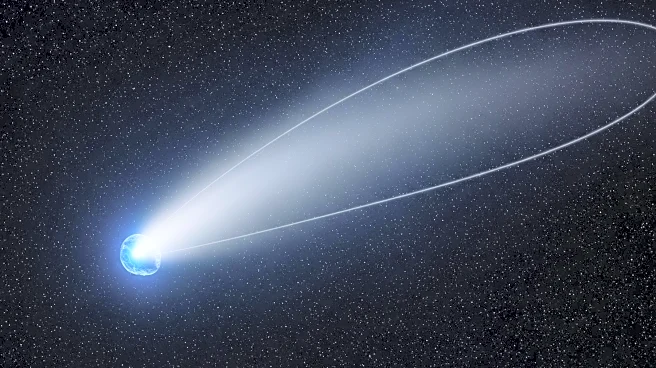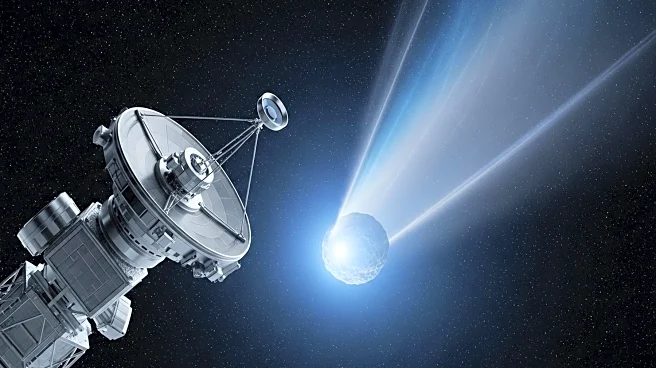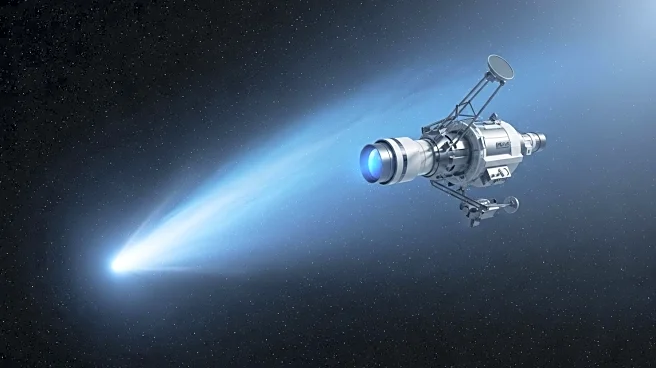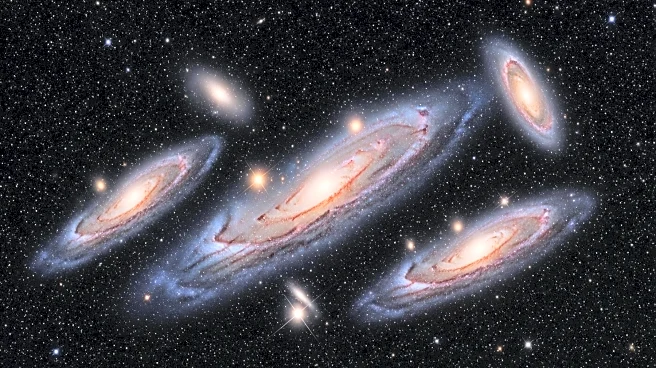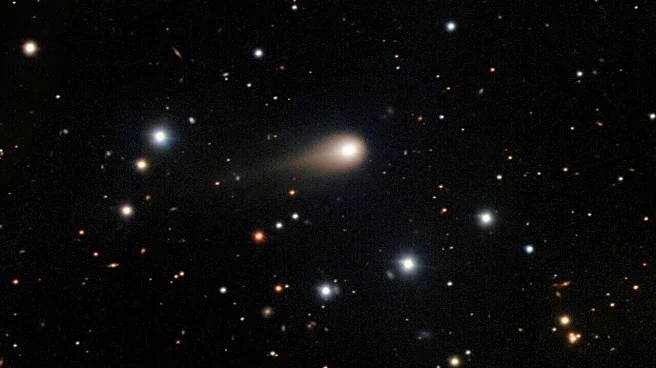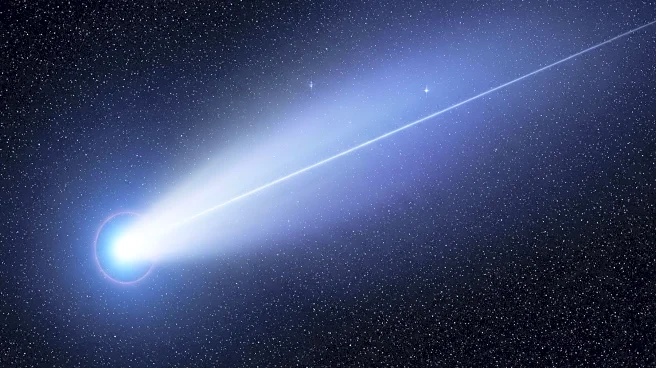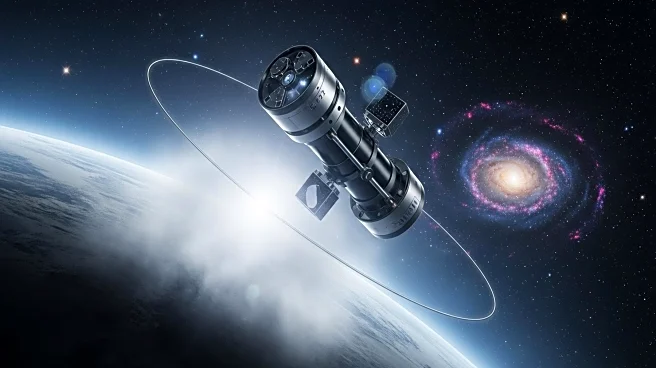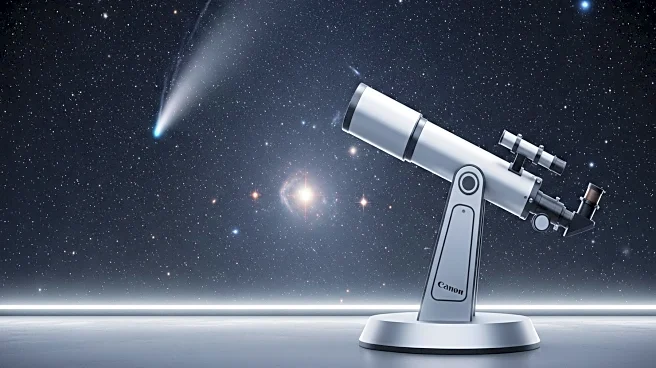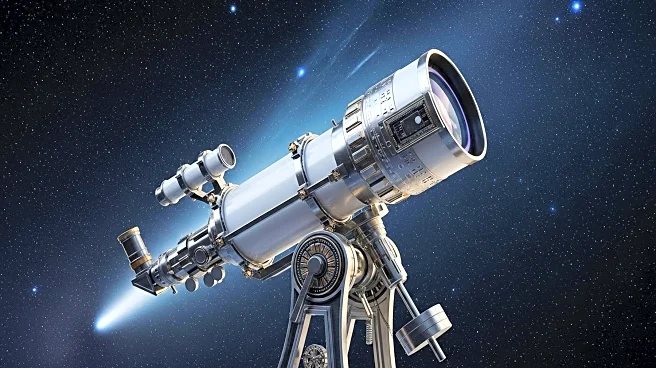What is the story about?
What's Happening?
Astronomers and students have captured detailed images of the interstellar comet 3I/ATLAS using the Gemini Multi-Object Spectrograph in Chile. The observations reveal a prominent tail and glowing coma, providing insights into the comet's composition and activity. The comet, first detected in July 2025, is only the third confirmed interstellar visitor to our solar system, offering a unique opportunity to study material from another star system.
Why It's Important?
Studying interstellar comets like 3I/ATLAS can enhance our understanding of planetary system formation and evolution. These comets serve as messengers from other star systems, potentially revealing shared processes in the formation of planets. The educational initiative involving students and public engagement highlights the importance of involving the next generation in scientific discovery.
What's Next?
Further observations are planned as 3I/ATLAS continues its journey through the solar system. A follow-up observing session is scheduled for November 2025, when the comet reemerges from behind the sun. These observations will focus on the comet's spectrum to gather more data on its composition and chemistry.
Beyond the Headlines
The study of interstellar comets challenges existing models of cometary science and could lead to new theories about the diversity of planetary systems. The involvement of students and the public in scientific research fosters interest in astronomy and inspires future scientists.
AI Generated Content
Do you find this article useful?
